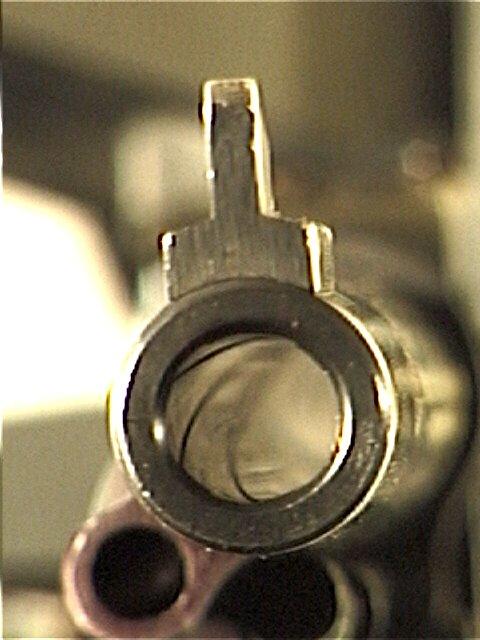
Firearms Analysis
Basics of Firearms Comparisons
|
84065700rifling3.jpg

|
Inside the barrels of handguns and rifles are spiral impressions called rifling. The raised portions of the rifling are known as lands and the recessed portions are known as grooves. When a weapon is fired, these lands and grooves cut into the bullet, putting spin on it as it travels through the barrel of a firearm. Because bullets have an oblong shape, spin is necessary for accurate flight. |
|
84065706bullet.jpg
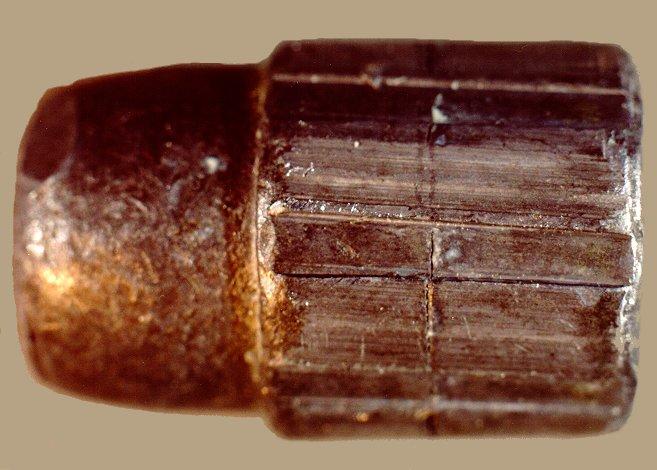
|
The impressions of lands and grooves remain on the bullet after it has been fired. |
84066377bullet4.jpg
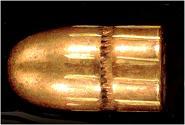
|

Since rifling characteristics can differ from one firearm manufacturer to another, forensic firearm examiners can determine the type of weapon that fired a particular bullet by examining the impressions of the lands and grooves on the bullet. They examine the width, the number, and the direction of the twist of the lands and grooves. For example, a 9mm pistol made by one company might have a barrel with 6 lands and grooves that twist to the right and another company's 9mm might have 6 that twist to the left. In addition, the width of the lands and grooves may differ.
Because each barrel will have imperfections left by the manufacturing process that will leave unique marks on a bullet, firearm examiners can determine whether a bullet recovered from a crime scene or victim was fired from a weapon taken from a suspect.
Comparison Process
The first step in the Comparison Process is to test fire the firearm into a water tank in the lab.

The second step involves using a comparison microscope to compare the test bullet to the bullet recovered from the victim or crime scene.
|
84070214compare1.jpg
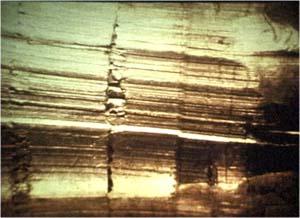
|
The photo on the left shows the split screen image the scientist sees using the comparison microscope. The right side of the photo shows the test bullet fired from the suspect's gun into the water tank and the left side, the bullet recovered from the crime scene. The marks or striations on each bullet match, indicating that the two bullets were fired from the same weapon. |
Cartridge Casings


Since a gun will also leave unique marks on cartridge casings, casings left at crime scenes can link a suspect's weapon to the crime.
The following photographs of split screen images from a comparison microscope show three different types of markings left on casings that firearm examiners can use in determining if casings were fired from the same weapons.
|
84069436casing.jpg
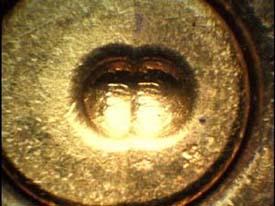
|
Firing pin impressions - When a weapon's trigger is pulled, the firing pin is forced into the primer cup located at the rear center of the cartridge. |
|
84065709casing2.jpg

|
Breech face markings - These marks come from the area surrounding the firing pin of the gun. After the cartridge powder is ignited by the firing pin striking the primer cup, tremendous pressure is exerted in the chamber of the weapon, forcing the back of the cartridge case against the breech face of the weapon. |
|
84068281extractor.jpg
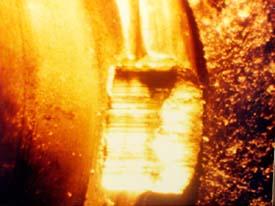
|
Extractor marks - After a semi-automatic pistol has been fired, an extractor pulls the cartridge from the chamber and ejects it from the pistol. |